Chemistry and Chemists № 2 2024
Journal of Chemists-Enthusiasts
| Content | Chemistry experiments - video | Physics experiments - video | Home Page - Chemistry and Chemists |
|
Chemistry and Chemists № 2 2024 Journal of Chemists-Enthusiasts |
Plants as acid-base indicators - part 1, 2 Volodymyr M. Viter |
|
Having noticed a mistake in the text, allocate it and press Ctrl-Enter
Violet viola flowers, ammonia and acetic acid - part 1
It is spring now, the month of April. The Ukrainian name of this month is "квітень" ("kviten"), which is consonant with our words "flower" and "bloom". Many plants, including fruit trees, bloom during this month. Therefore, it is time to start experimenting with plants, or more precisely, with plant pigments, many of which are acid-base indicators.
Растения в качестве кислотно-основных индикаторов Цветы фиолетовой фиалки, аммиак и уксусная кислота - часть 1 There are no special problems with the choice of experimental objects - bright flowers are primarily interesting, although other colourful parts of plants are also suitable. The main issue is to experiment with this or that plant before it will finish blooming. Some plants can bloom for a long time, for example, all summer, but others stop blooming very quickly and you will have to wait a whole year for the next opportunity. After a long absence, I returned to work. Near the road, there was dry grass from last year, among which new green blades began to emerge. A purple object that looked like a discarded plastic bag (or other rubbish) caught my attention. What a disgusting habit to throw rubbish anywhere! I came closer and could not believe my eyes. It turned out that this was not rubbish, but... blooming violets - small bushes with many purple flowers. No one planted them, no one looked after them - the plants grew on their own (in a radioactive landfill, by the way). 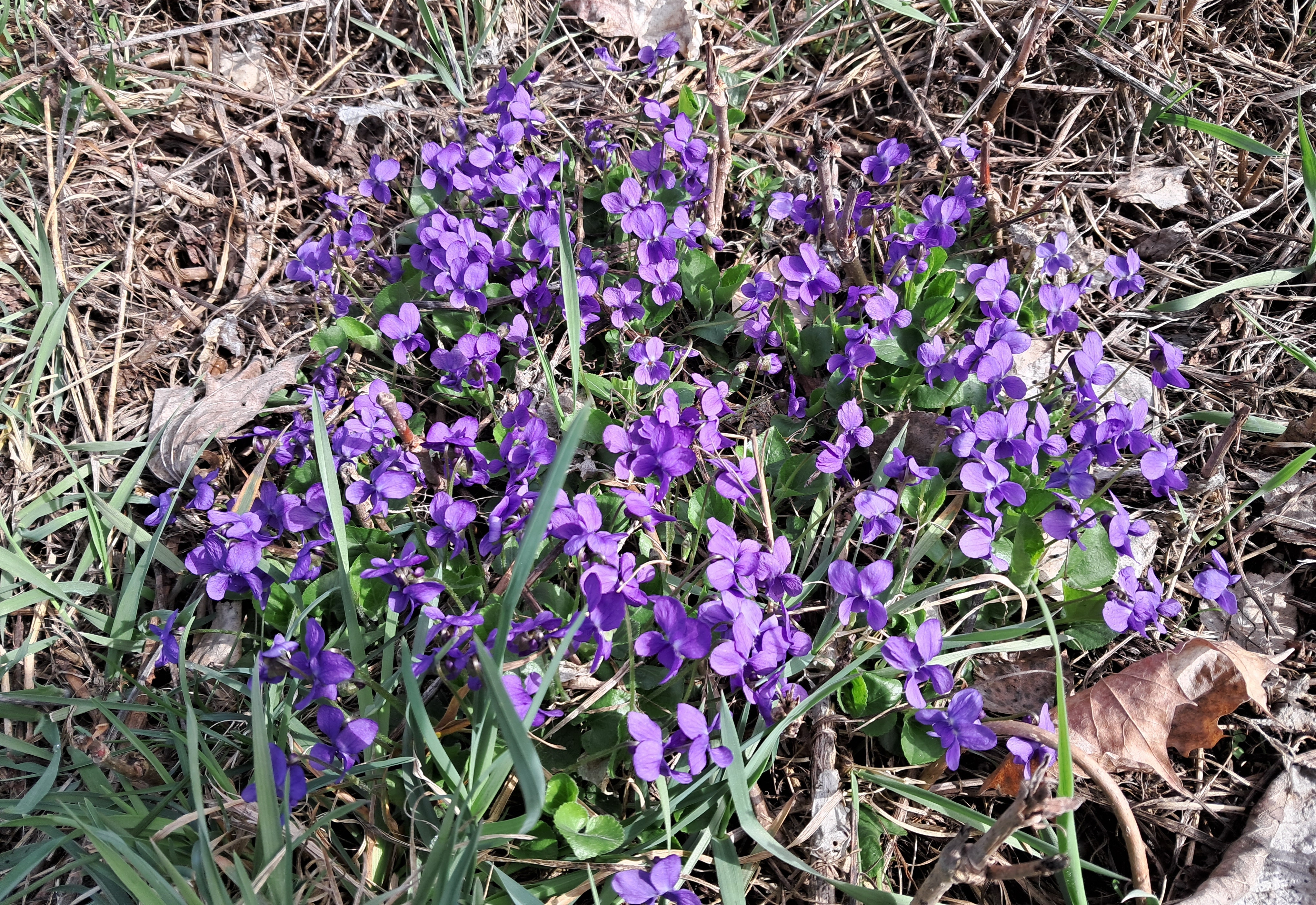 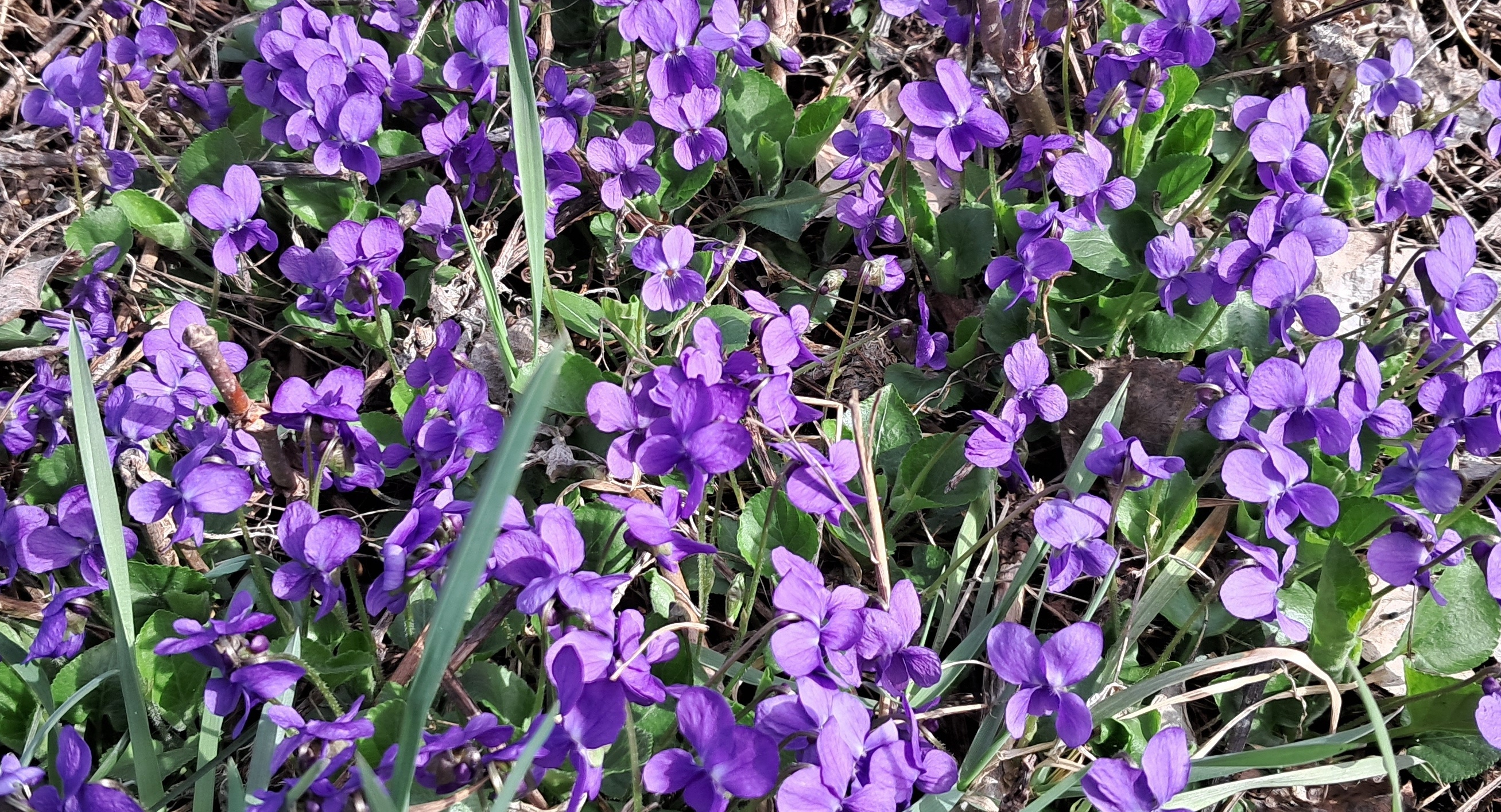  I placed the flowers in a glass and added a concentrated ammonia solution. The colour of the violets gradually began to change in the following sequence: violet - light blue - green - yellow. The complete colour change took about 10 minutes. Next, I placed a few violet-coloured flowers into another glass and added glacial acetic acid. The violet flowers first turned magenta, then pink. There was a little surprise: the solution also turned pink (it resembled a dilute solution of potassium permanganate). In the case of the experiment with ammonia, the solution remained colourless. |

Violet viola flowers, ammonia and acetic acid |
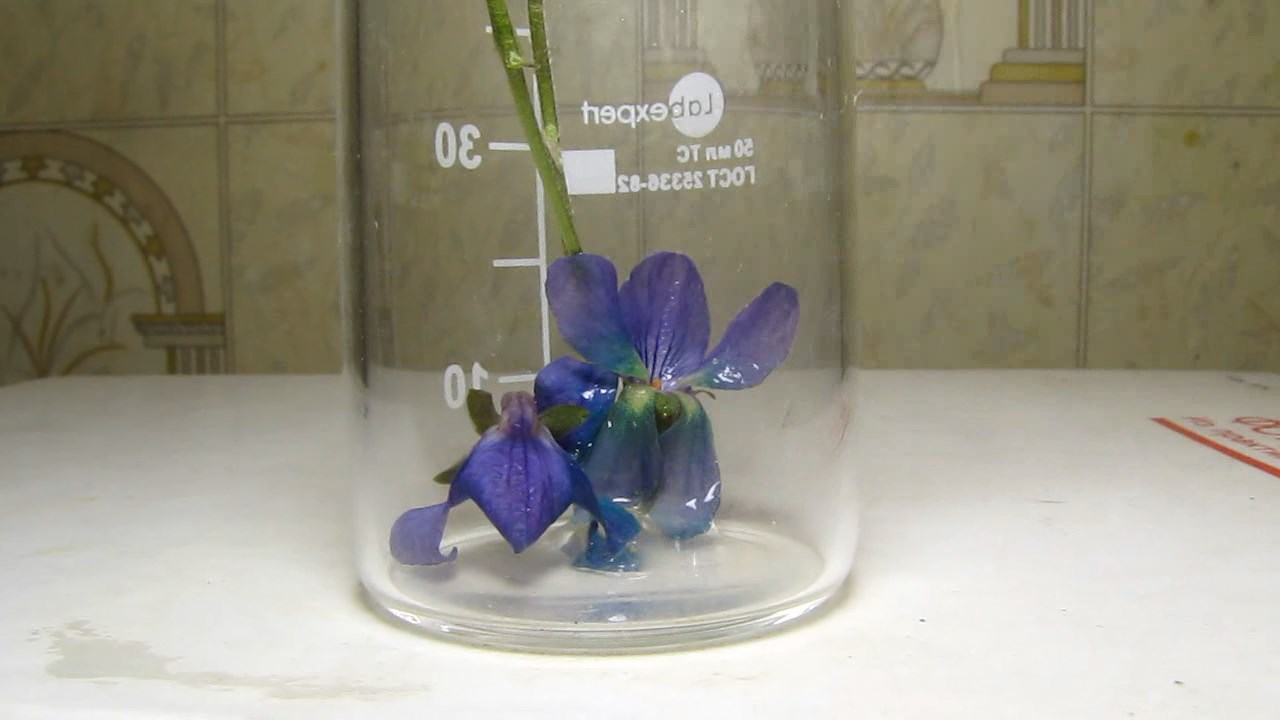
|
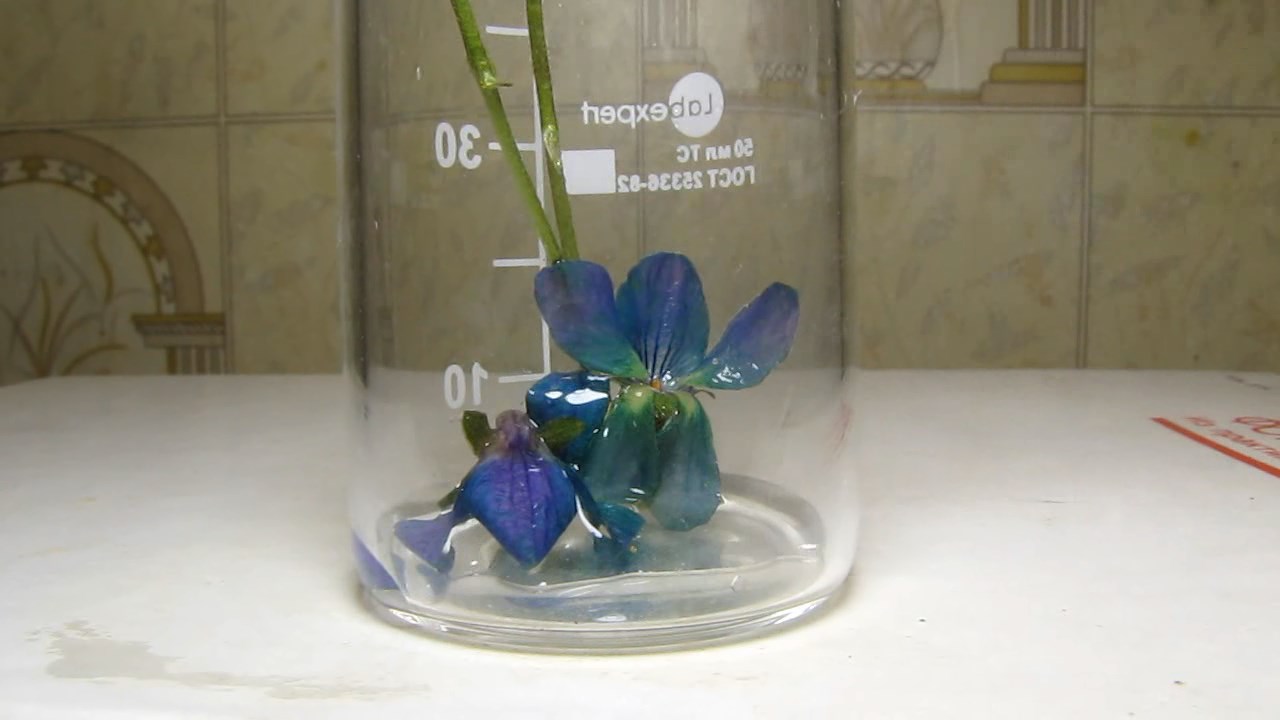
|
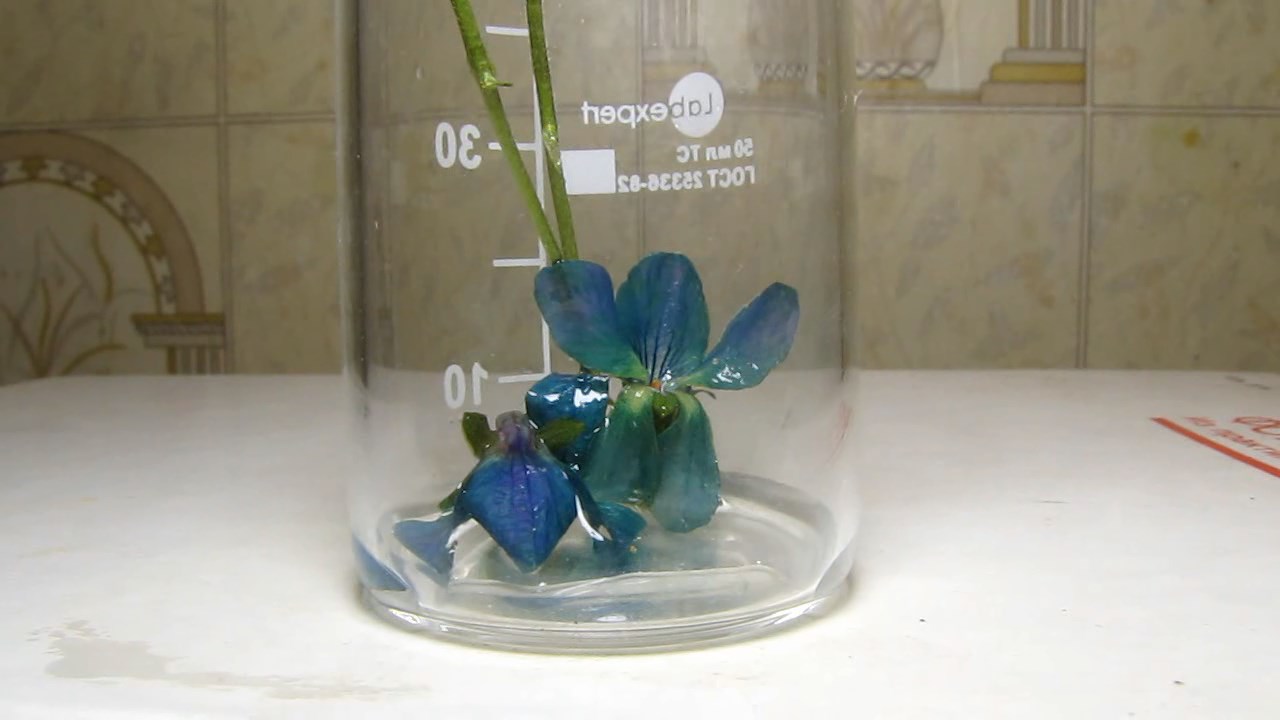
|

|
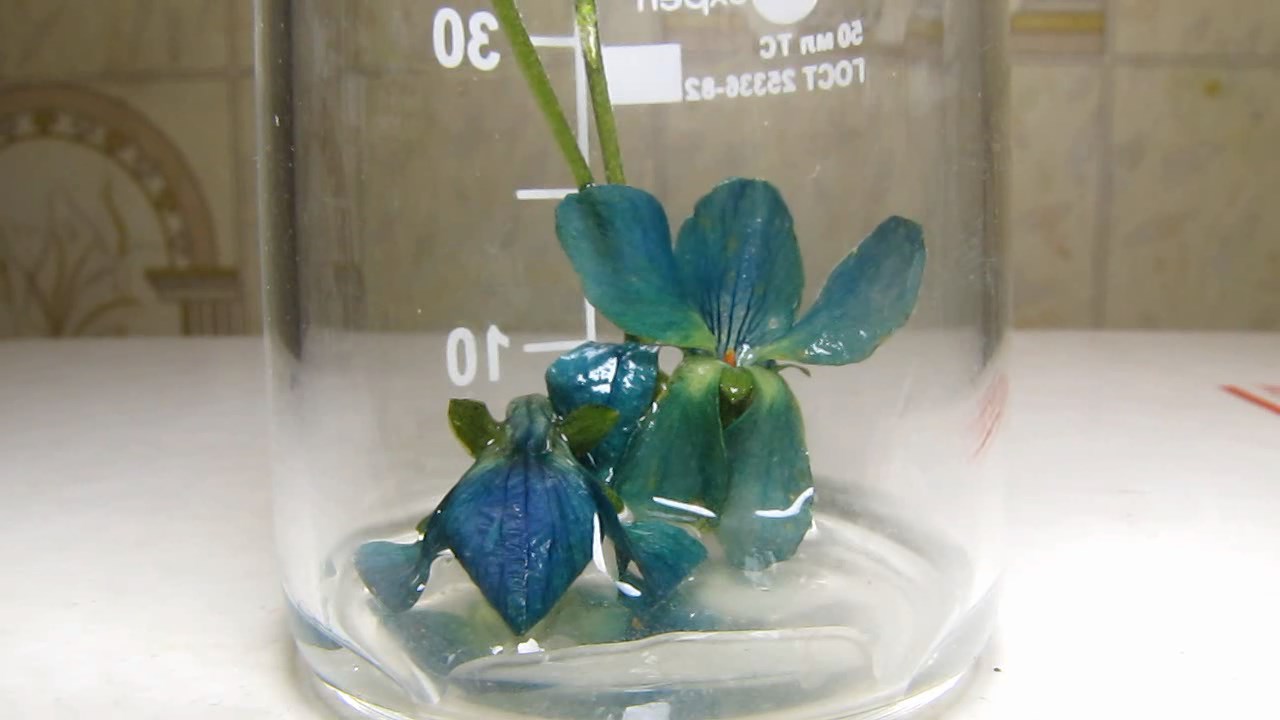
|

|
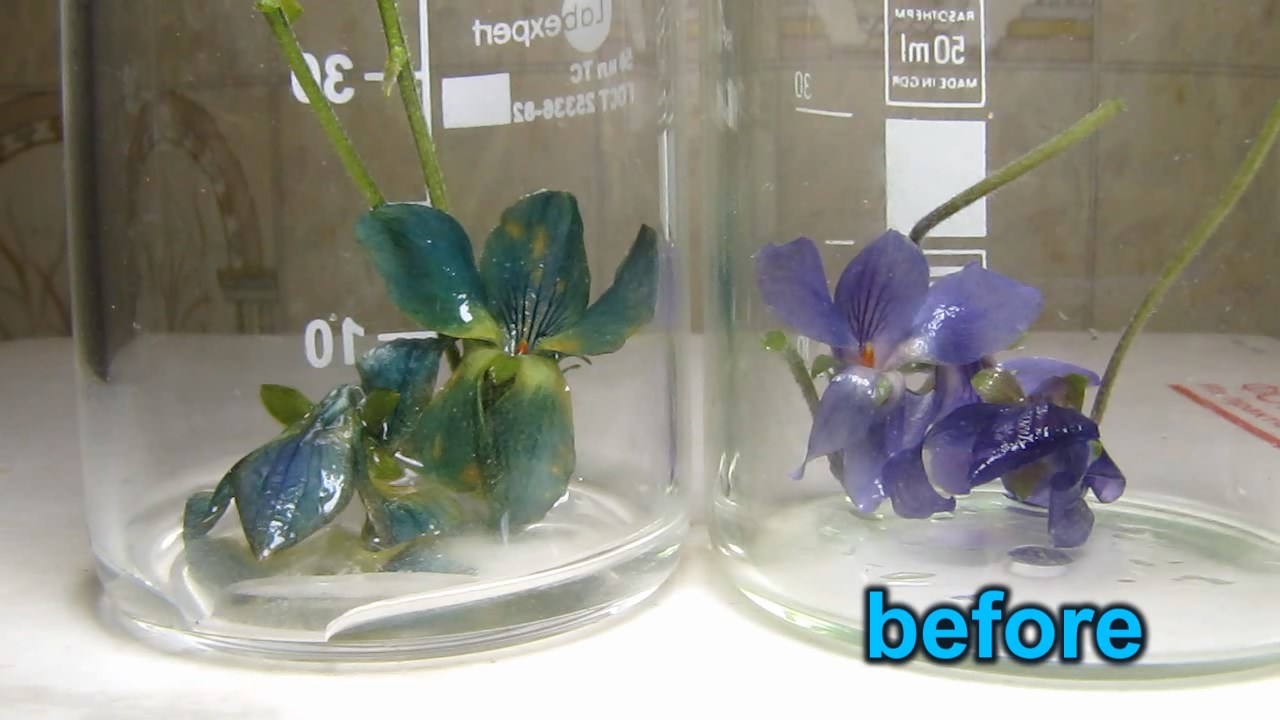
|
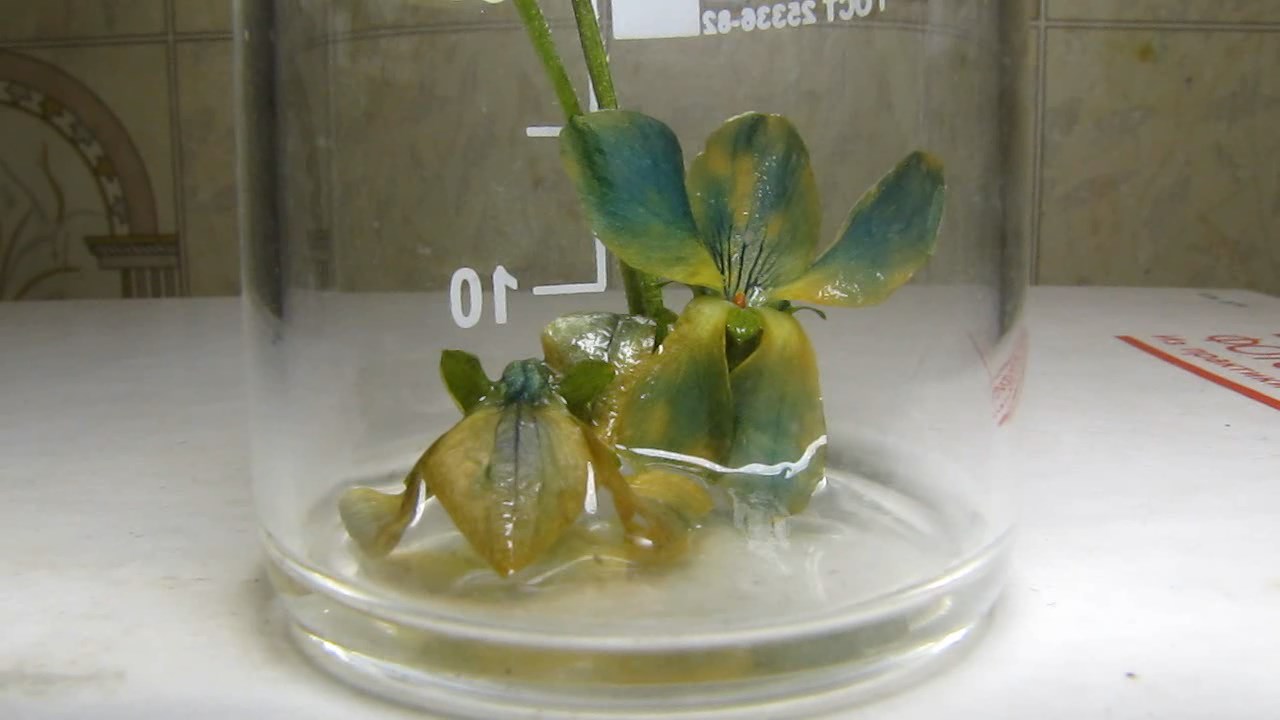
|
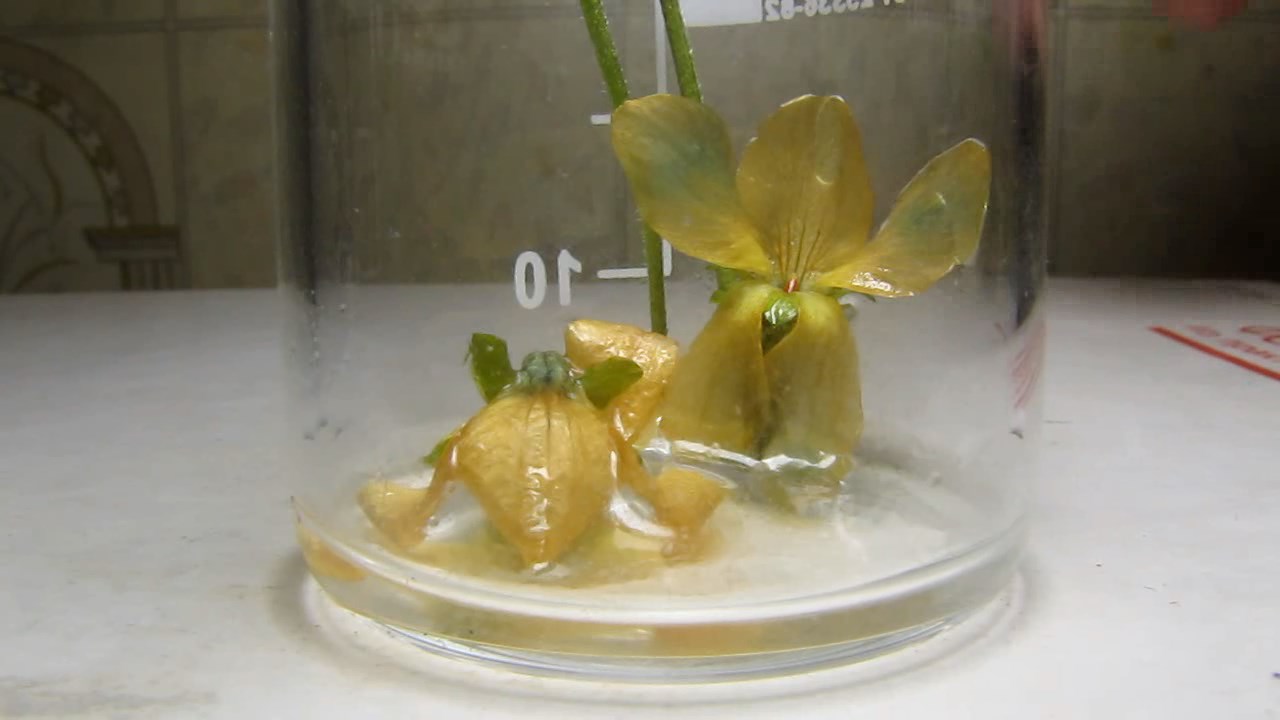
|
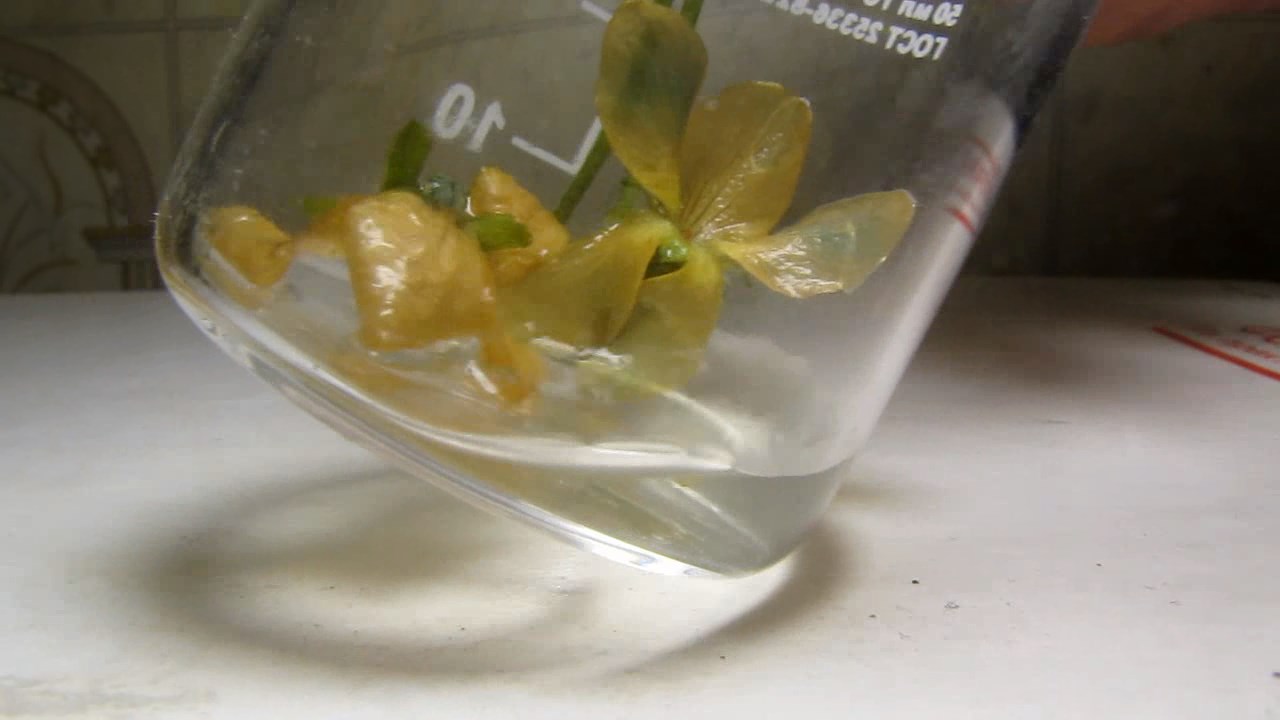
|
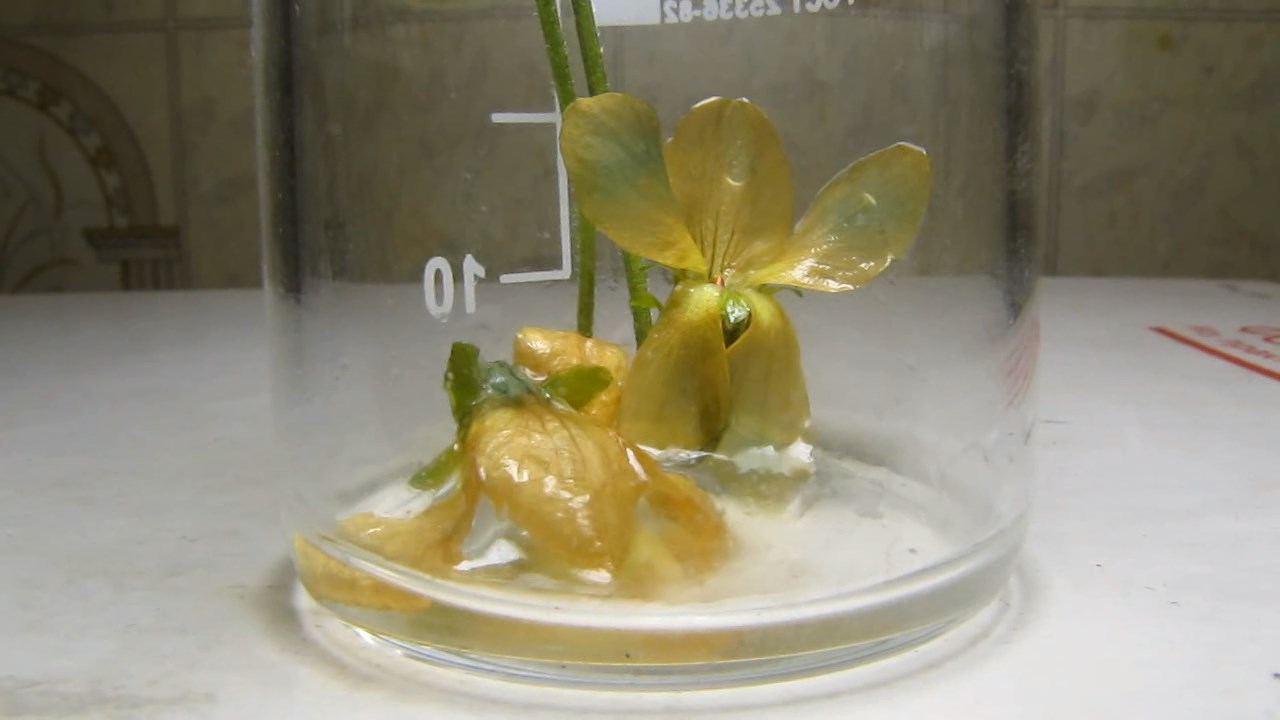
|
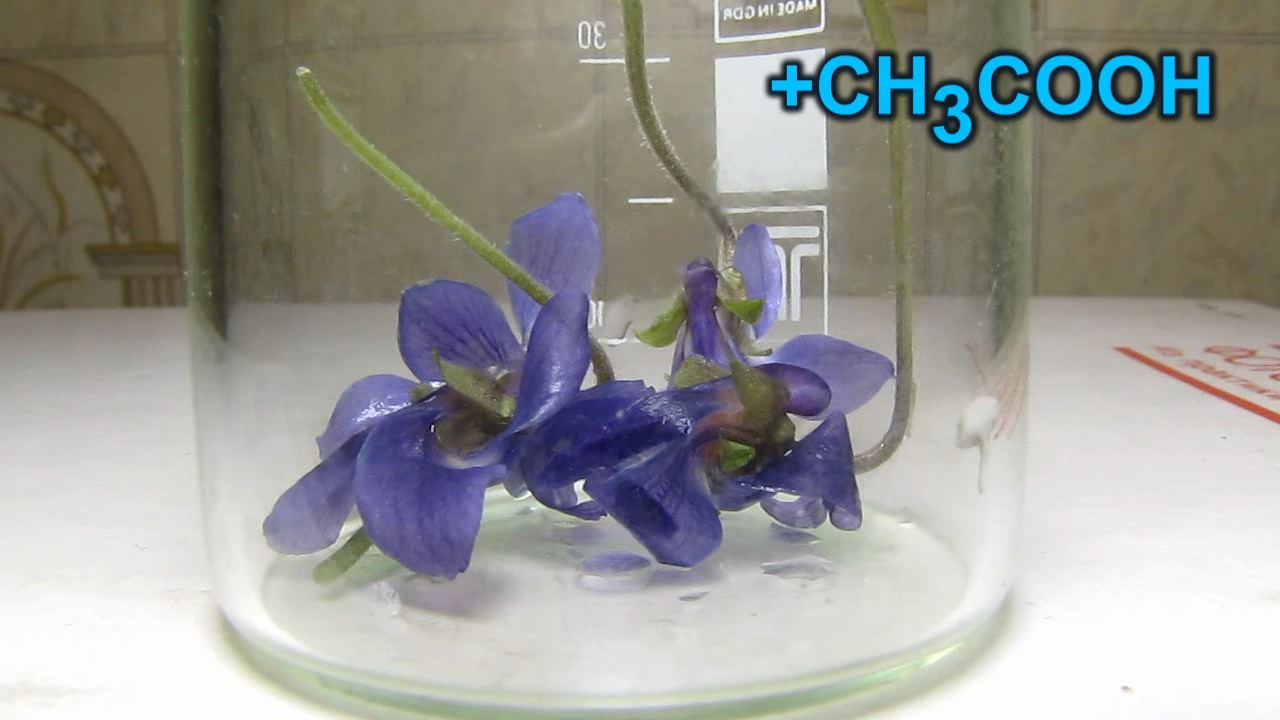
|
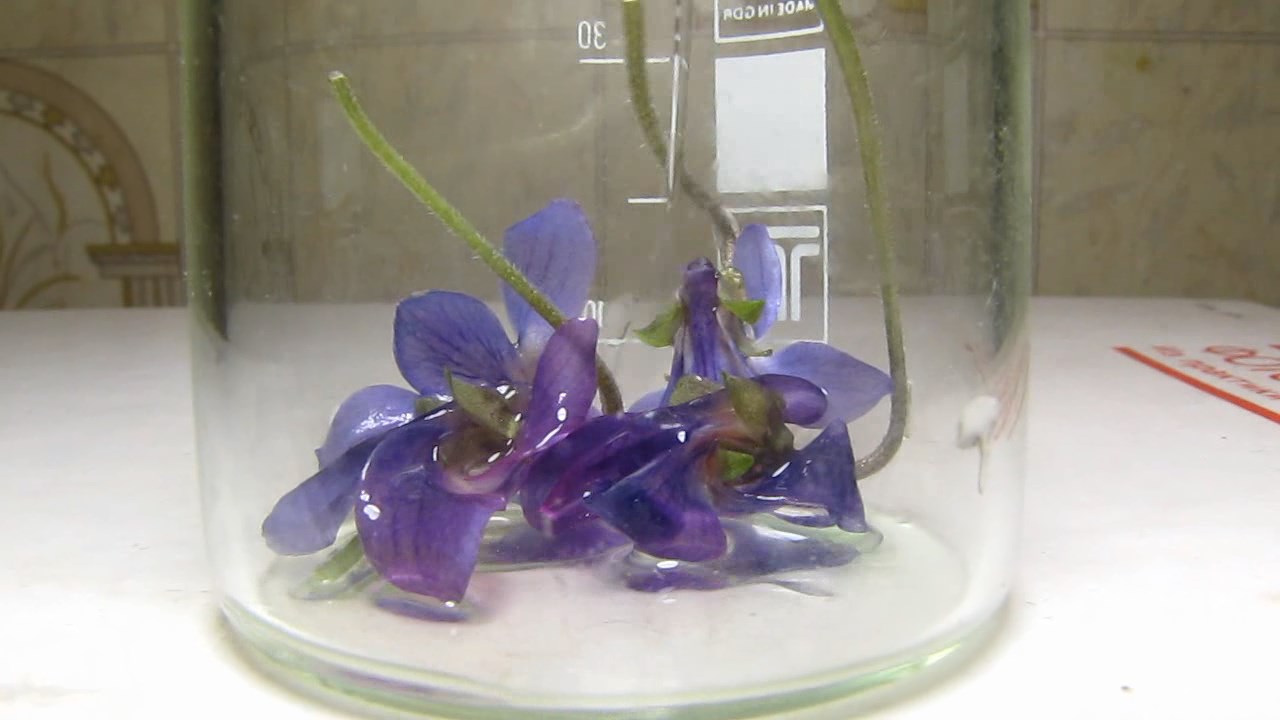
|

|
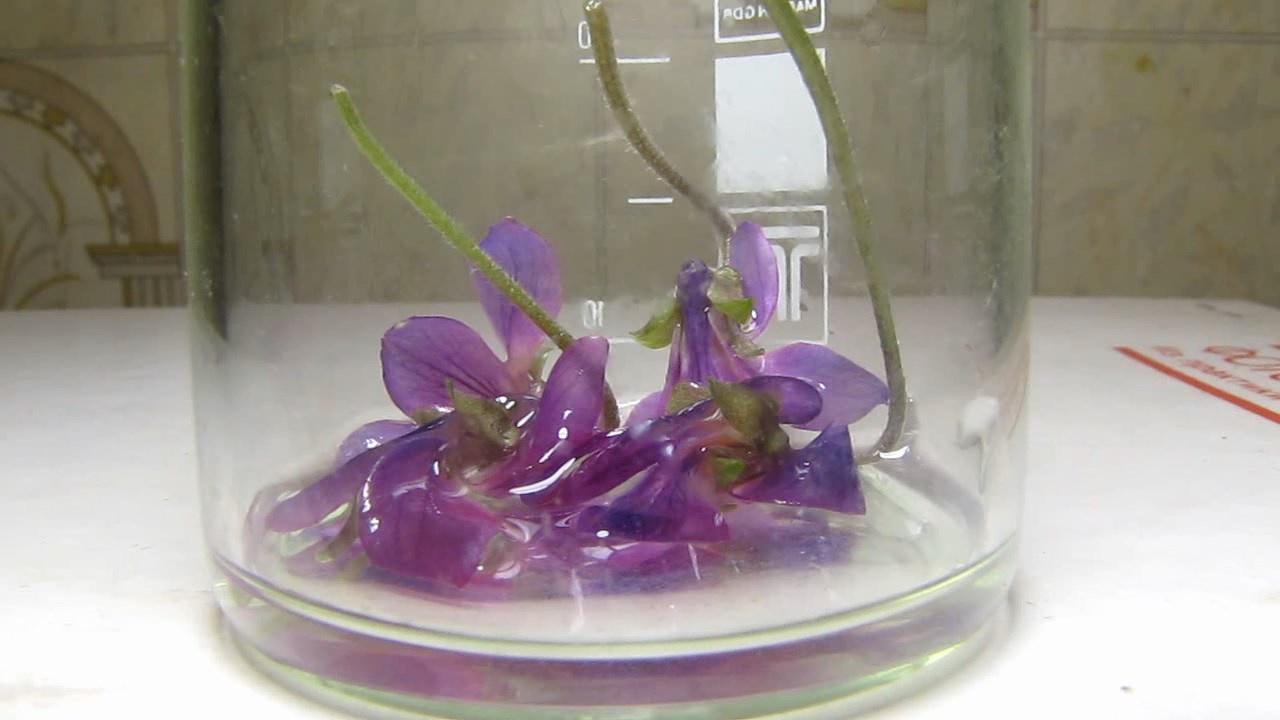
|
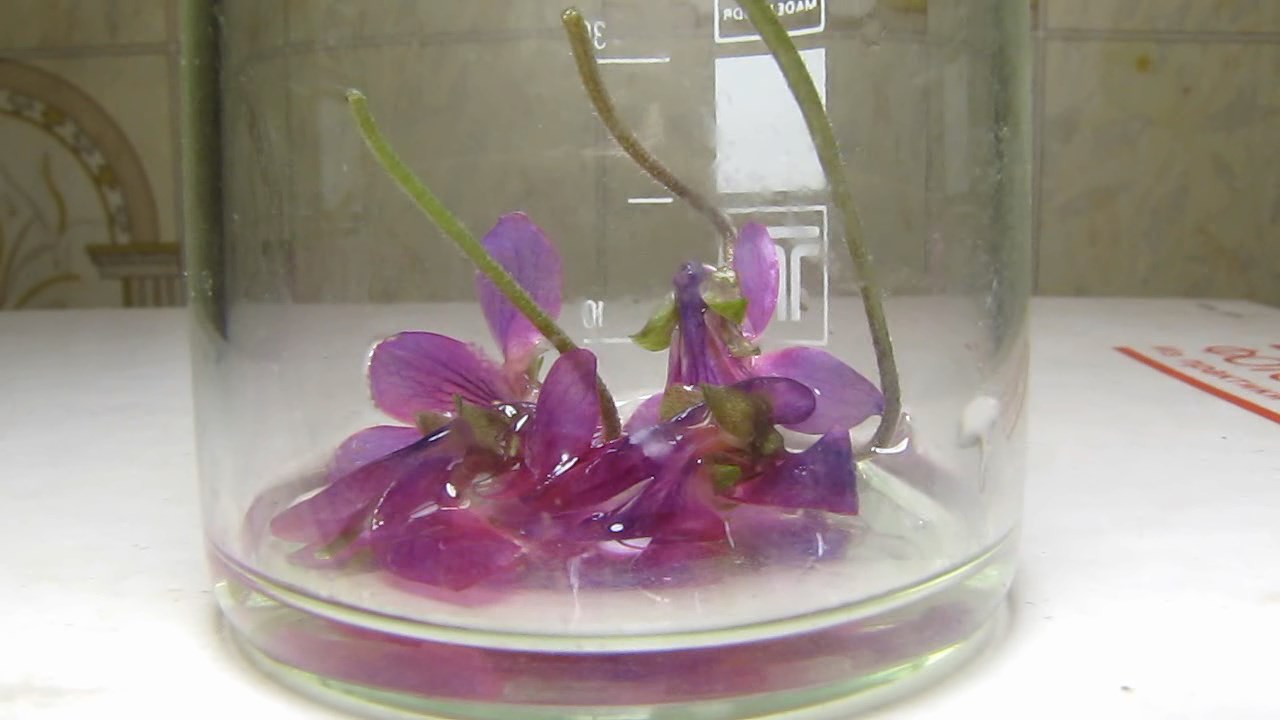
|
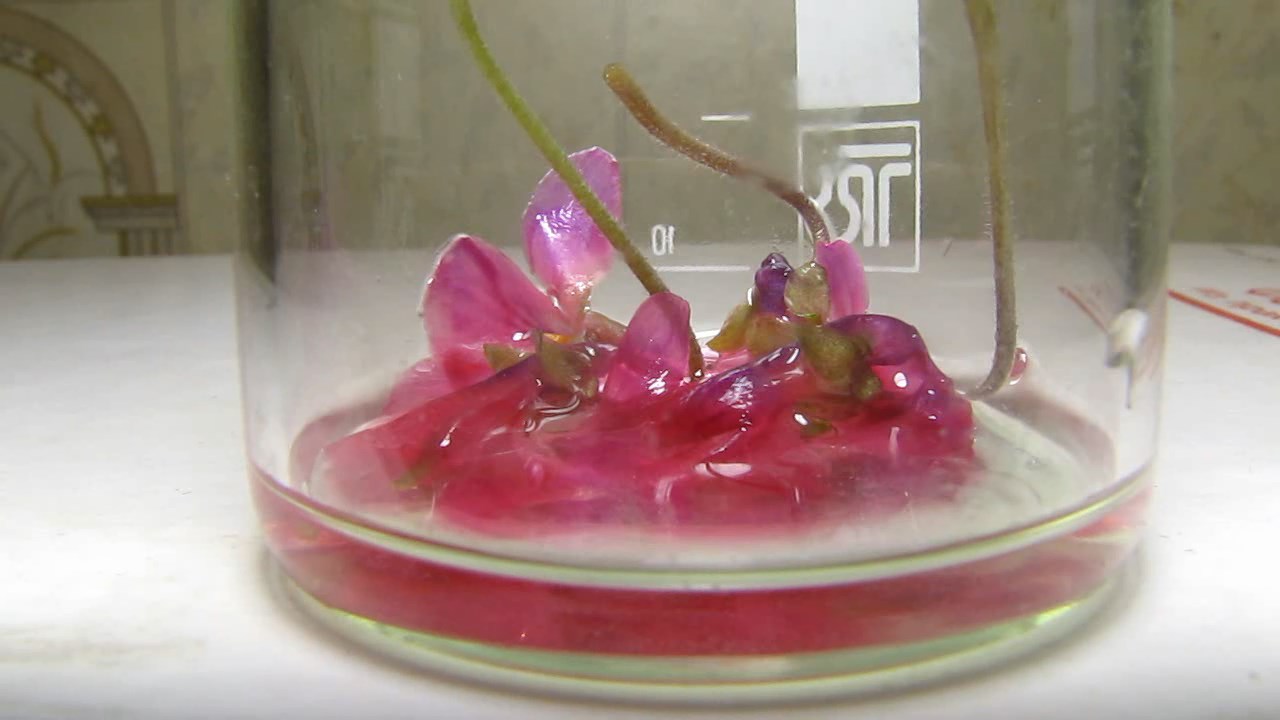
|

|
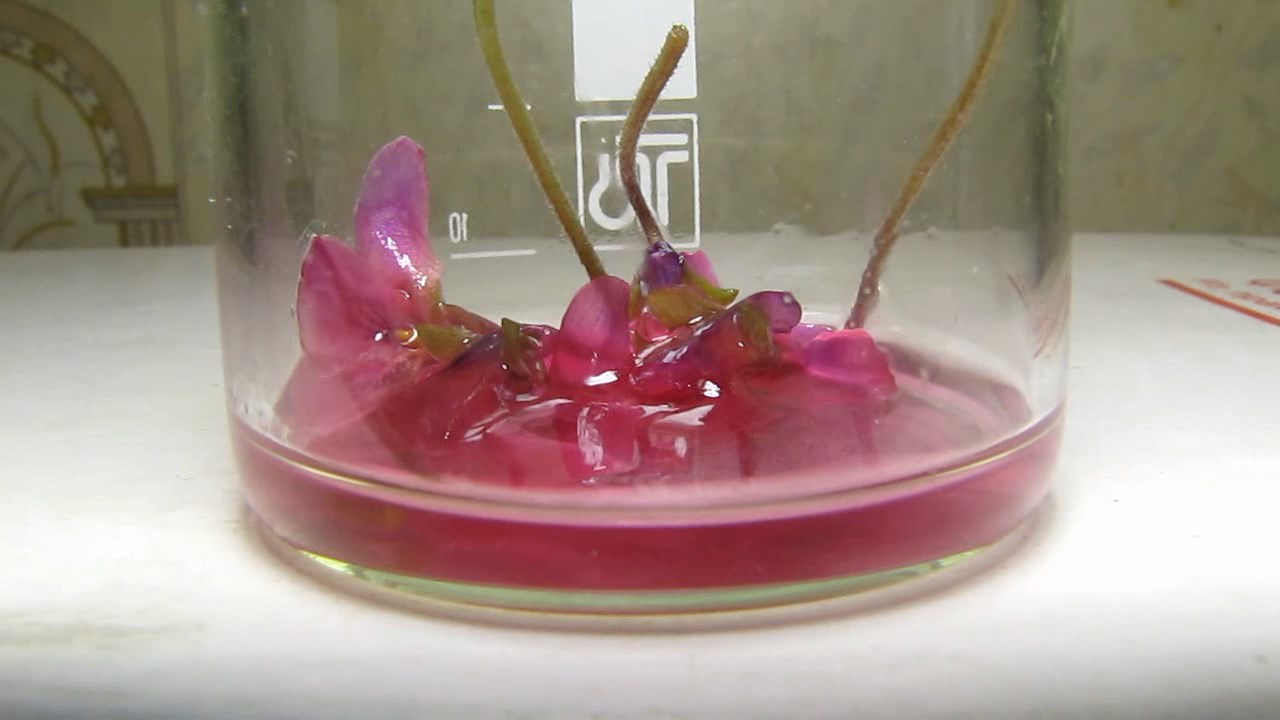
|

|
|
Having noticed a mistake in the text, allocate it and press Ctrl-Enter
Sakura is a group of plants belonging to the Cerasus subgenus of the Prunus genus. Sakura trees, with their beautiful flowers, are utilized for decorative purposes worldwide wherever the climate permits. In Japan, the name ''Sakura'' is used for any cherry tree (not just ornamental trees).
In Ukraine, Sakura began to be grown en masse a couple of decades ago. When I first saw these trees with pink and double flowers, I decided that this was a variety of apple trees. Most of our apple trees have white flowers, but some have pink and even burgundy flowers. White apple trees can have double flowers, so I thought the tree with pink flowers, resembling miniature roses, was also an apple tree. Only a few years later, I learned that this was Sakura, which belongs to cherries, and at the same time is one of the symbols of Japan.  I have been admiring Sakura for many years, but I only thought of doing chemical experiments with it a few days ago. There was no time to delay since the next cherry blossom would only be in a year. I placed a pink Sakura flower in a glass and added a concentrated ammonia solution. The pink petals gradually turned light yellow. A similar result occurred with a pink chrysanthemum flower, which, under the ammonia treatment, became yellowish (almost white) [1]. It is a curious coincidence since we associate both flower plants with Japan. I placed another Sakura flower in a clean glass and added glacial acetic acid. As a result, the colour of the flower did not change at all. I realized that the experiment should have been done differently and made corrections. I took the first Sakura flower, which turned yellow after the treatment with ammonia, and washed it with water. Then, I placed the flower in a clean glass and added glacial acetic acid. The yellow flower turned pink again. The experiment did not go smoothly: as a result of the reaction of the acid and ammonia, a white fog formed, and tiny droplets settled on the walls of the glass, which made observation difficult. In addition, the plant tissues began to collapse (probably due to the heat generated by the neutralization). __________________________________________________ 1 See the articles Pink chrysanthemum and ammonia [link]. |
|
Сакура, аммиак и уксусная кислота - часть 2
Сакура (японская вишня) - группа растений, принадлежащих к подроду Вишня рода Слива (Prunus subgenus Cerasus). Деревья сакуры имеют красивые цветы, благодаря чему используются в декоративных целях по всему миру - везде, где это позволяет климат. В самой Японии словом "сакура" называют любую вишню (не только декоративные деревья).
В Украине сакуру стали массово выращивать пару десятков лет назад. Когда я впервые увидел деревья с розовыми и махровыми цветами, то решил, что это - сорт яблони. Большинство наших яблонь имеют белые цветы, но некоторые - розовые и даже бордовые. Цветы белых яблонь бывают махровыми, поэтому я подумал, что дерево с розовыми цветами, напоминающими миниатюрные розы, - тоже яблоня. Лишь через несколько лет узнал, что это сакура, которая является вишней, а заодно считается одним из символов Японии.  Любовался сакурой уже много лет, но догадался провести с ней химические эксперименты только пару дней назад. Времени откладывать не было, поскольку следующее цветение сакуры будет только через год. Розовый цветок сакуры поместил в стакан, добавил концентрированный раствор аммиака. Розовые лепестки постепенно стали светло-желтым. Подобный результат имел место и с розовым цветком хризантемы, который под действием аммиака стал желтоватым (почти белым) [1]. Любопытное совпадение, учитывая, что оба растения у нас ассоциируются с Японией. Другой цветок сакуры поместил в чистый стакан, добавил ледяной уксусной кислоты. В результате окраска цветка совсем не изменилась. Я понял, что нужно было провести эксперимент иначе и внес коррективы. Первый цветок сакуры, который стал желтым в результате действия аммиака, я промыл водой, поместил в чистый стакан и добавил ледяную уксусную кислоту. Желтый цветок опять стал розовым. Эксперимент не прошел гладко: в результате реакции кислоты и аммиака образовался белый туман, мелкие капельки осели на стенках стакана, затрудняя наблюдение. Кроме того, ткани растения начали разрушатся (вероятно, из-за тепла, которое выделилось в результате реакции нейтрализации). |
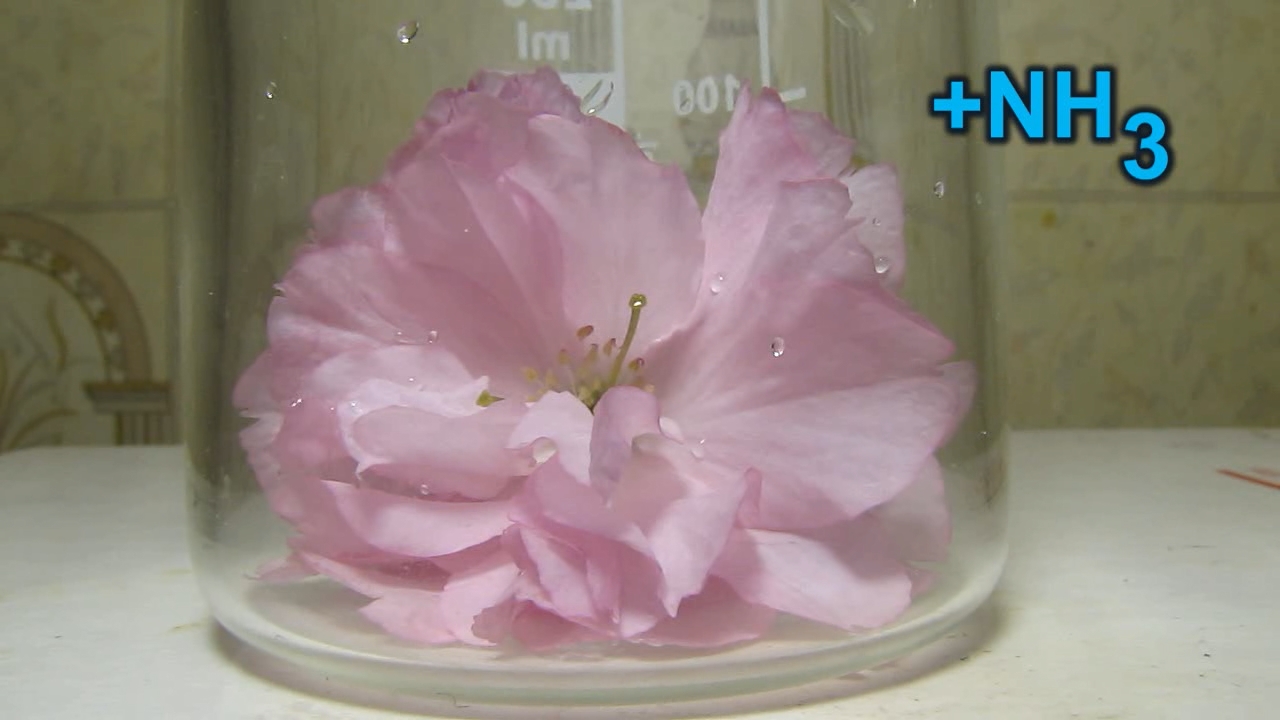
Sakura, ammonia and acetic acid |

|

|

|
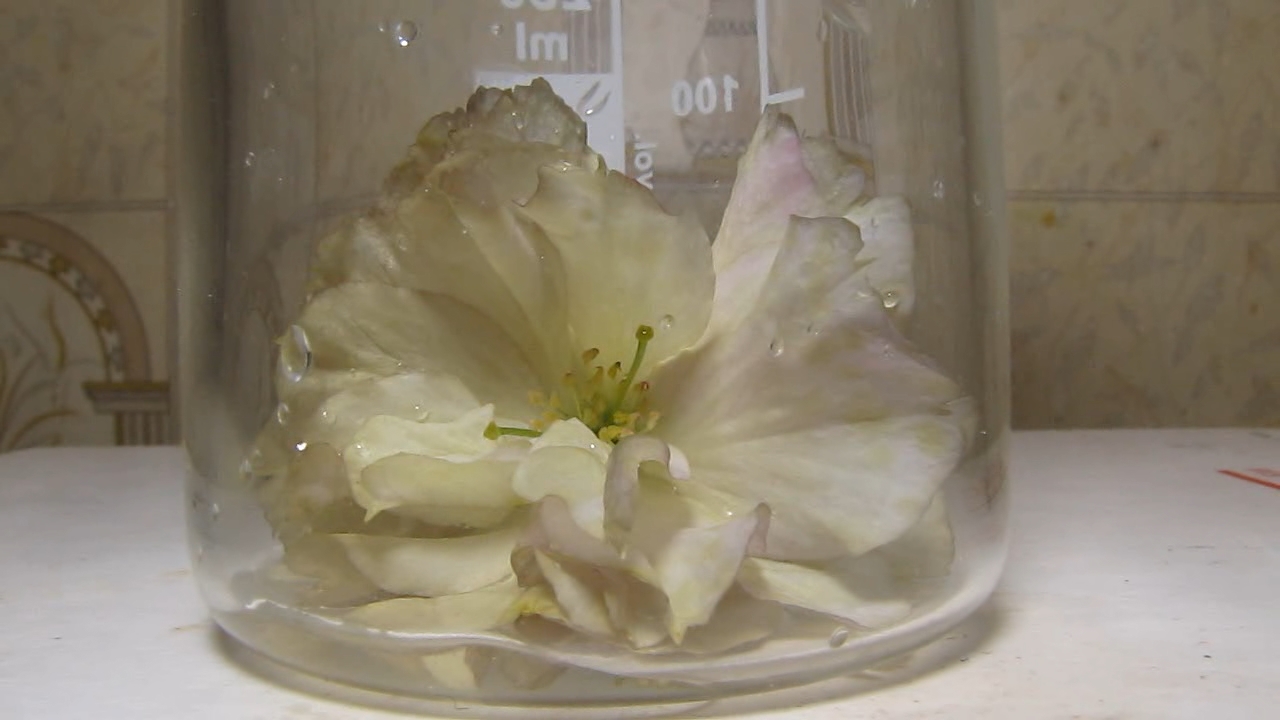
|

|
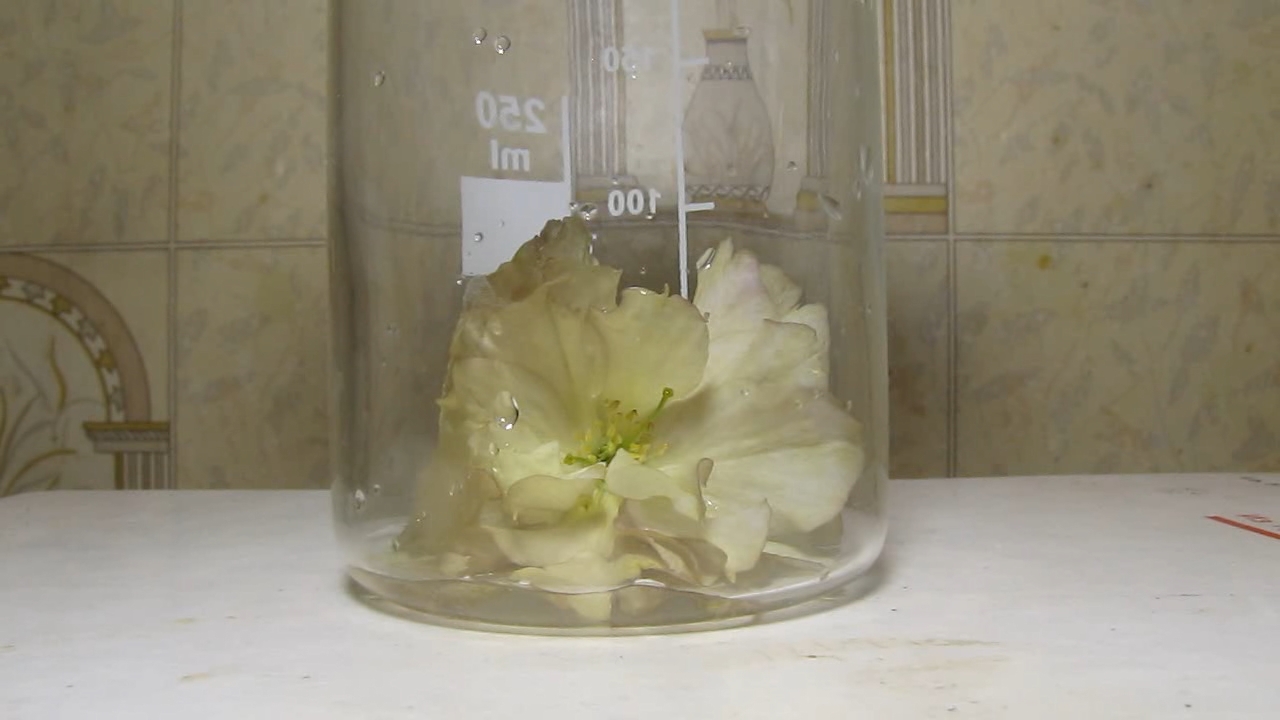
|

|
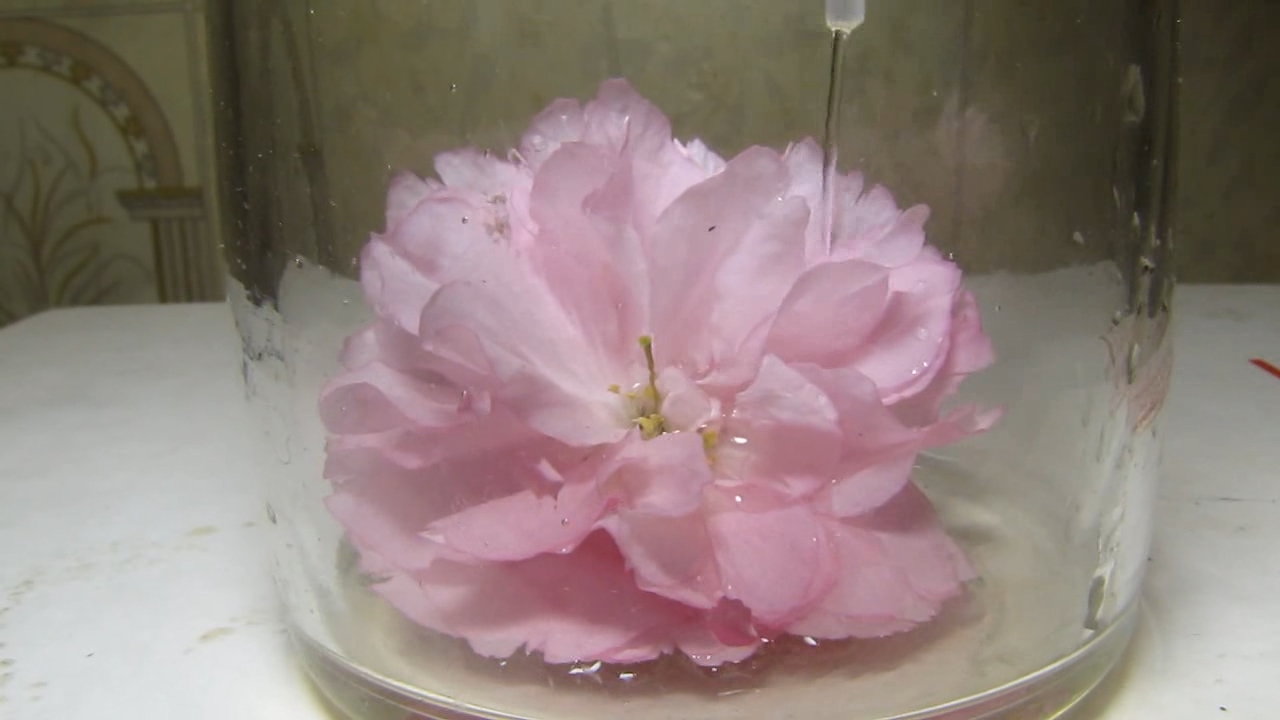
|

|
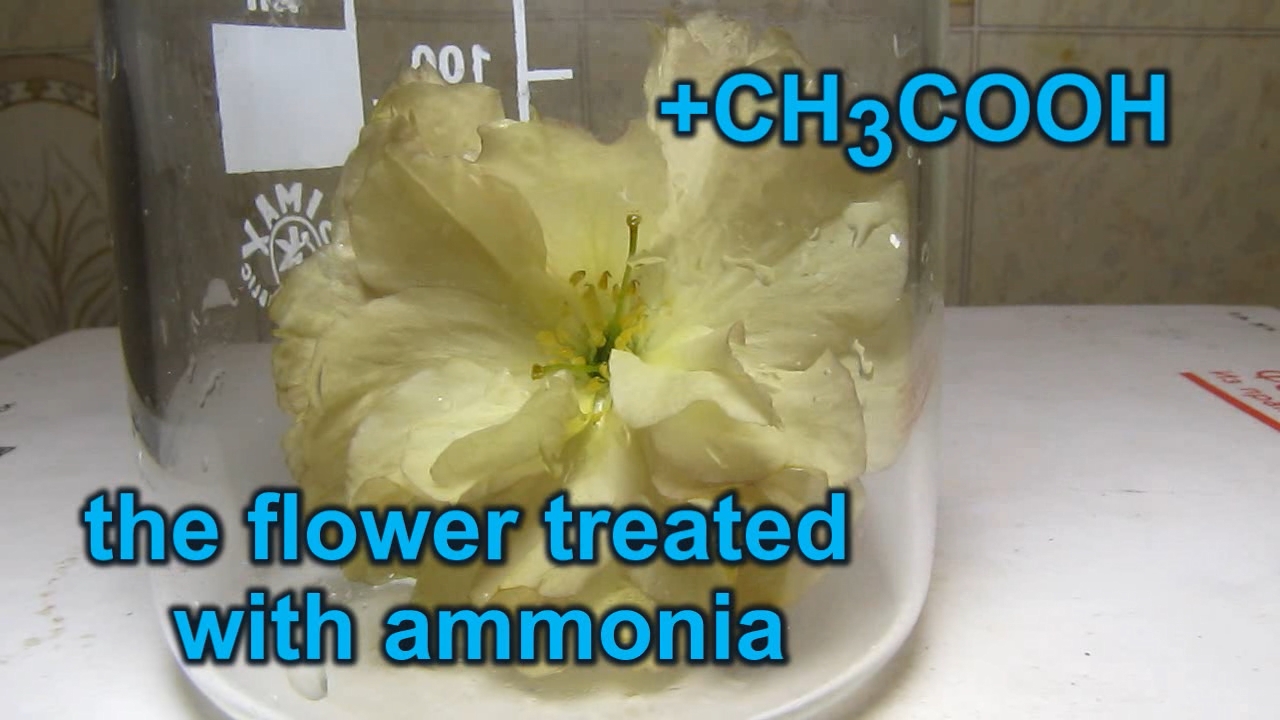
|

|
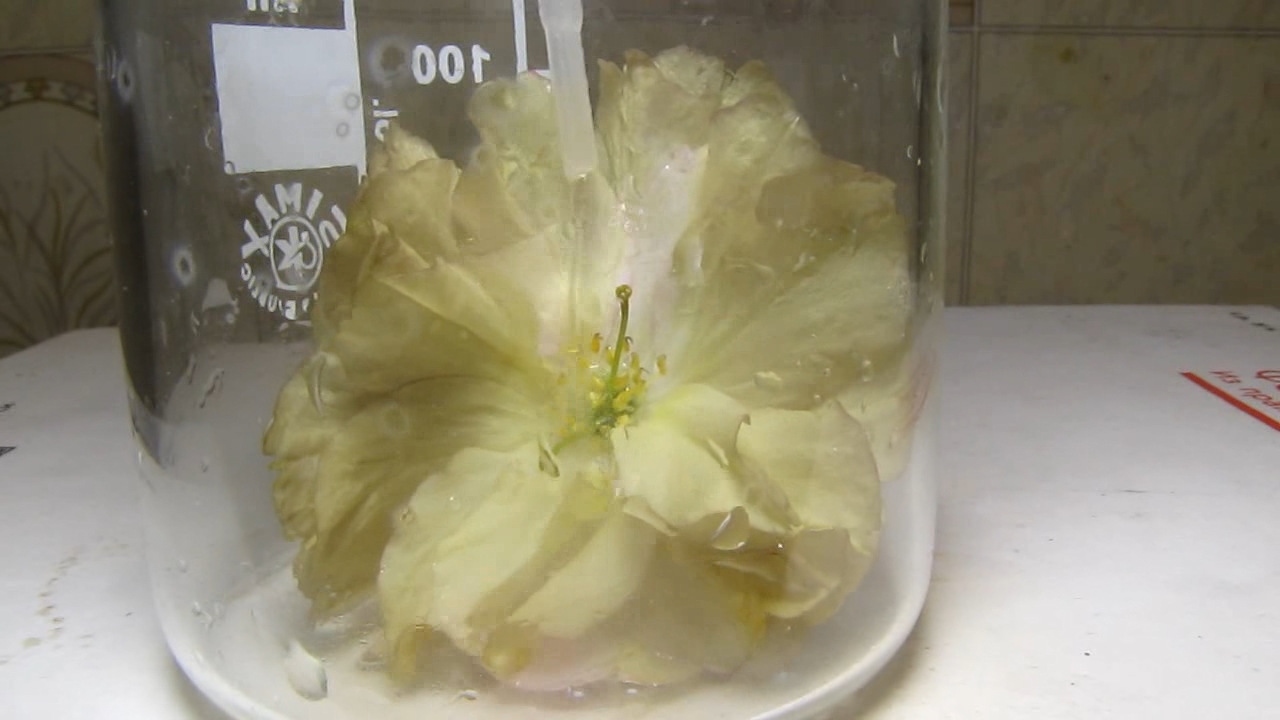
|
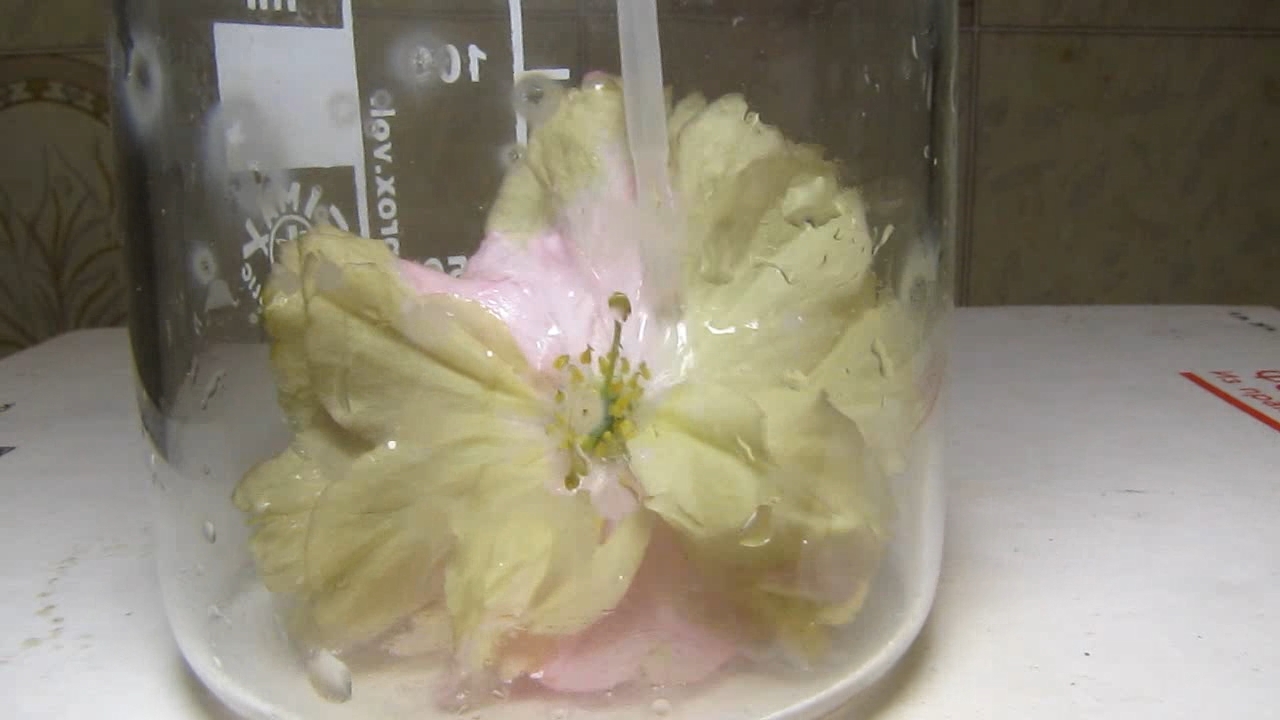
|

|
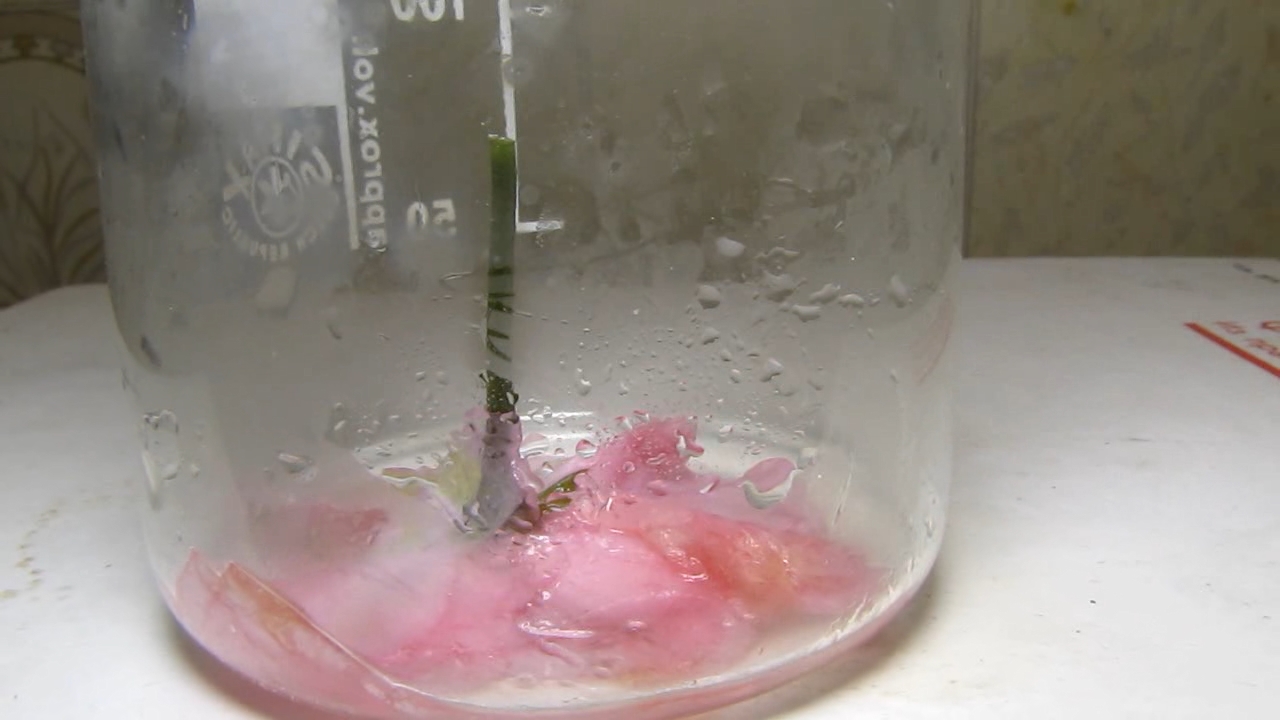
|

|
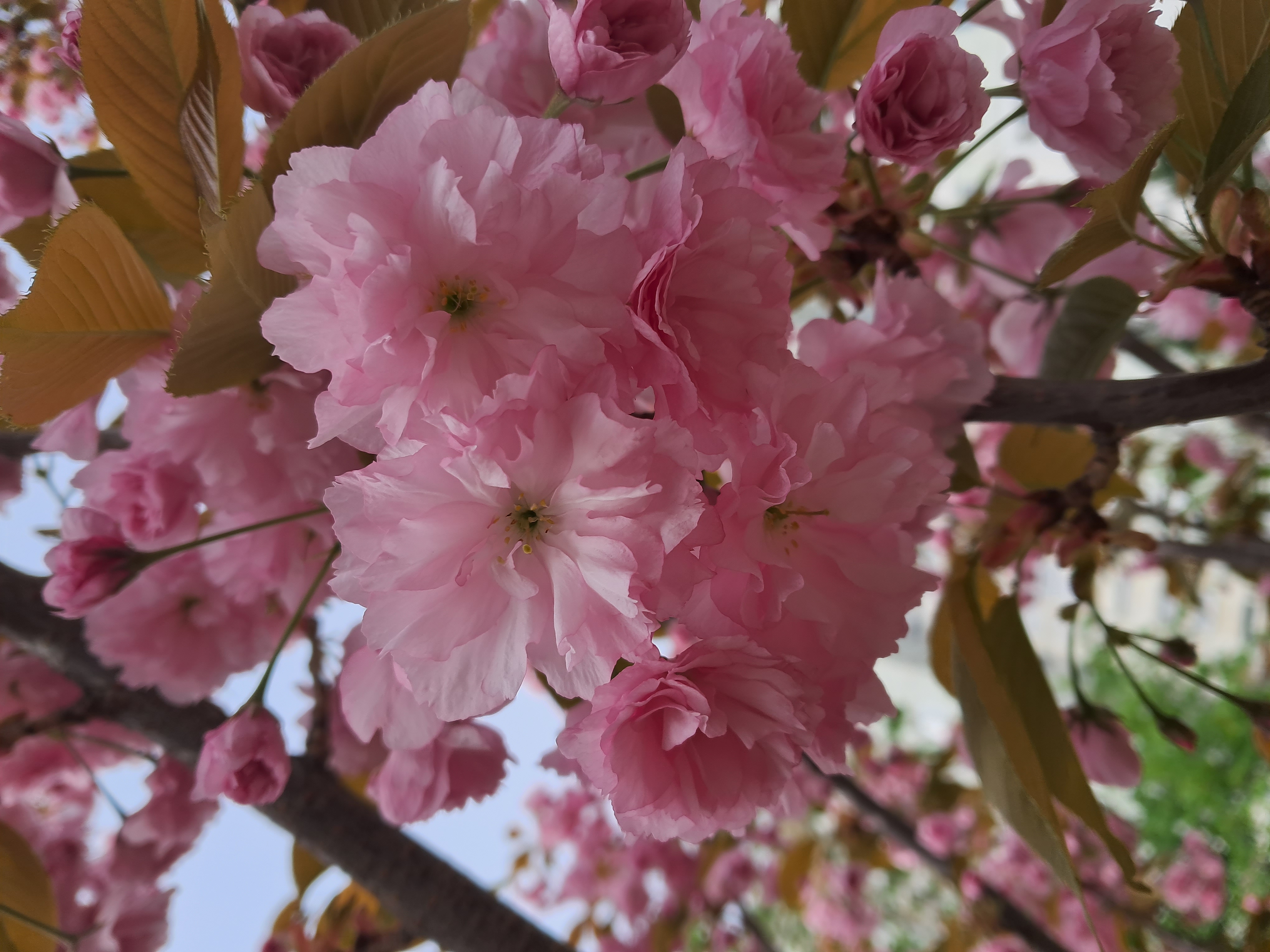
Sakura in Kyiv |
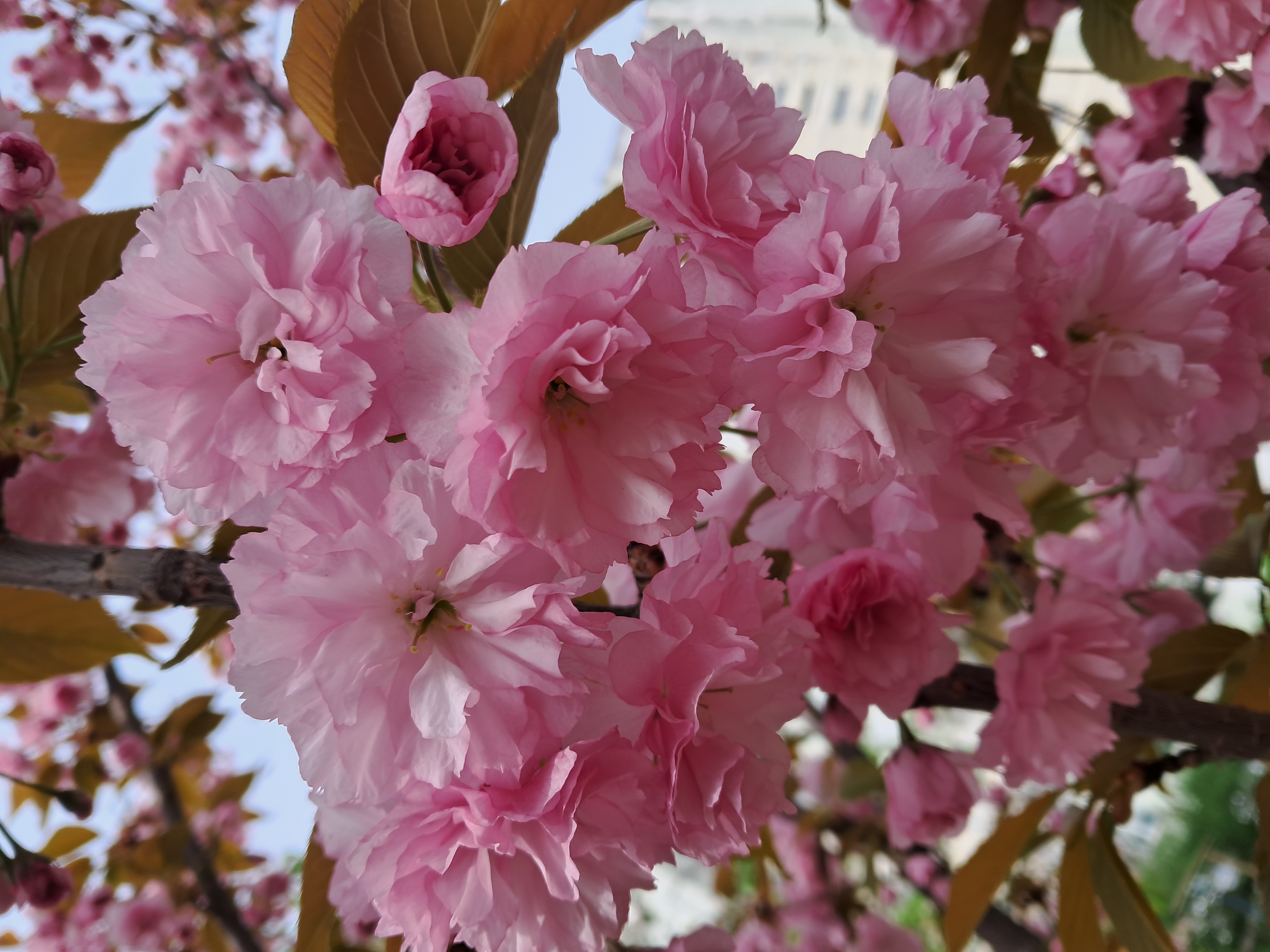
|

|

|

|
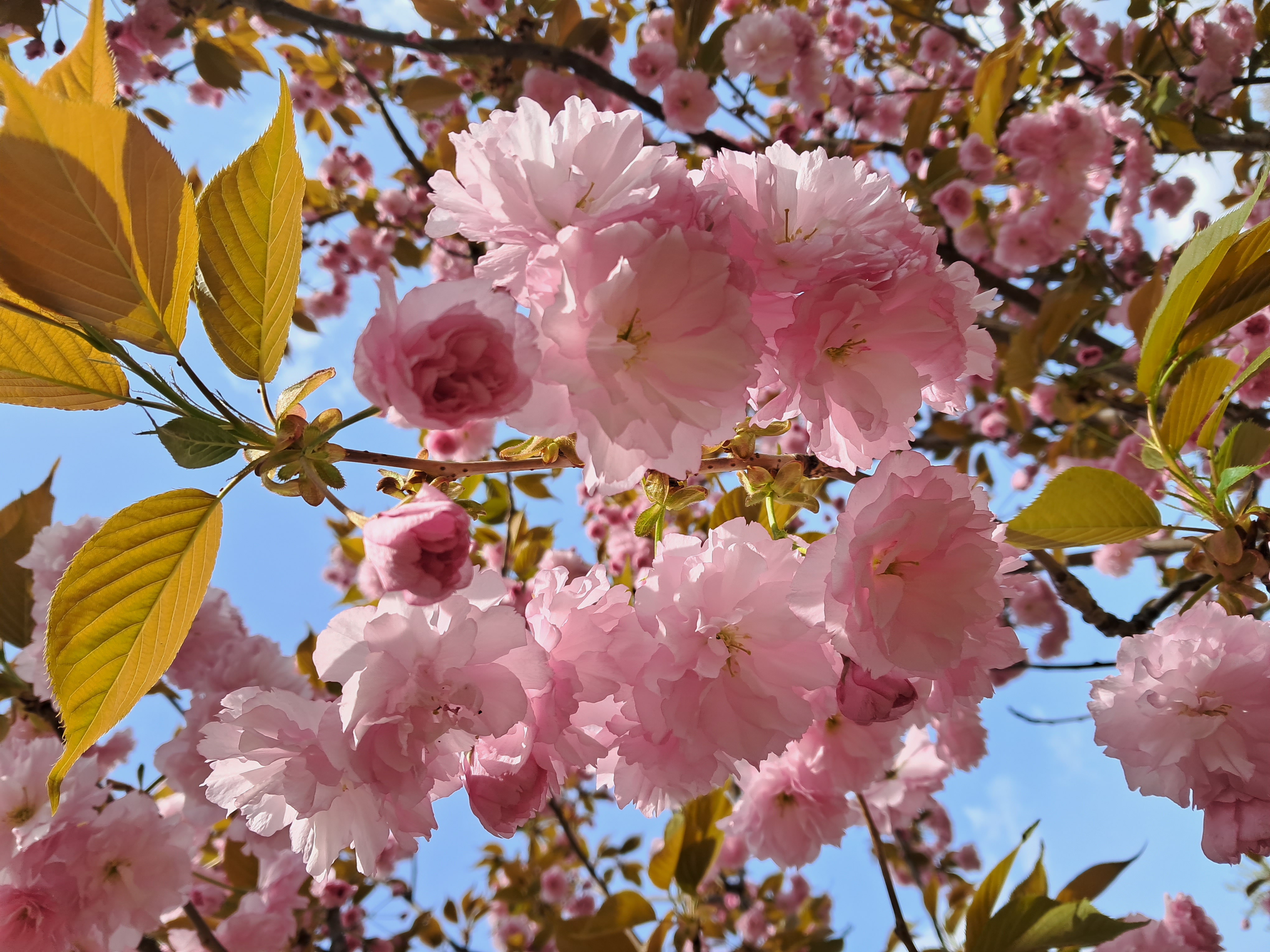
|
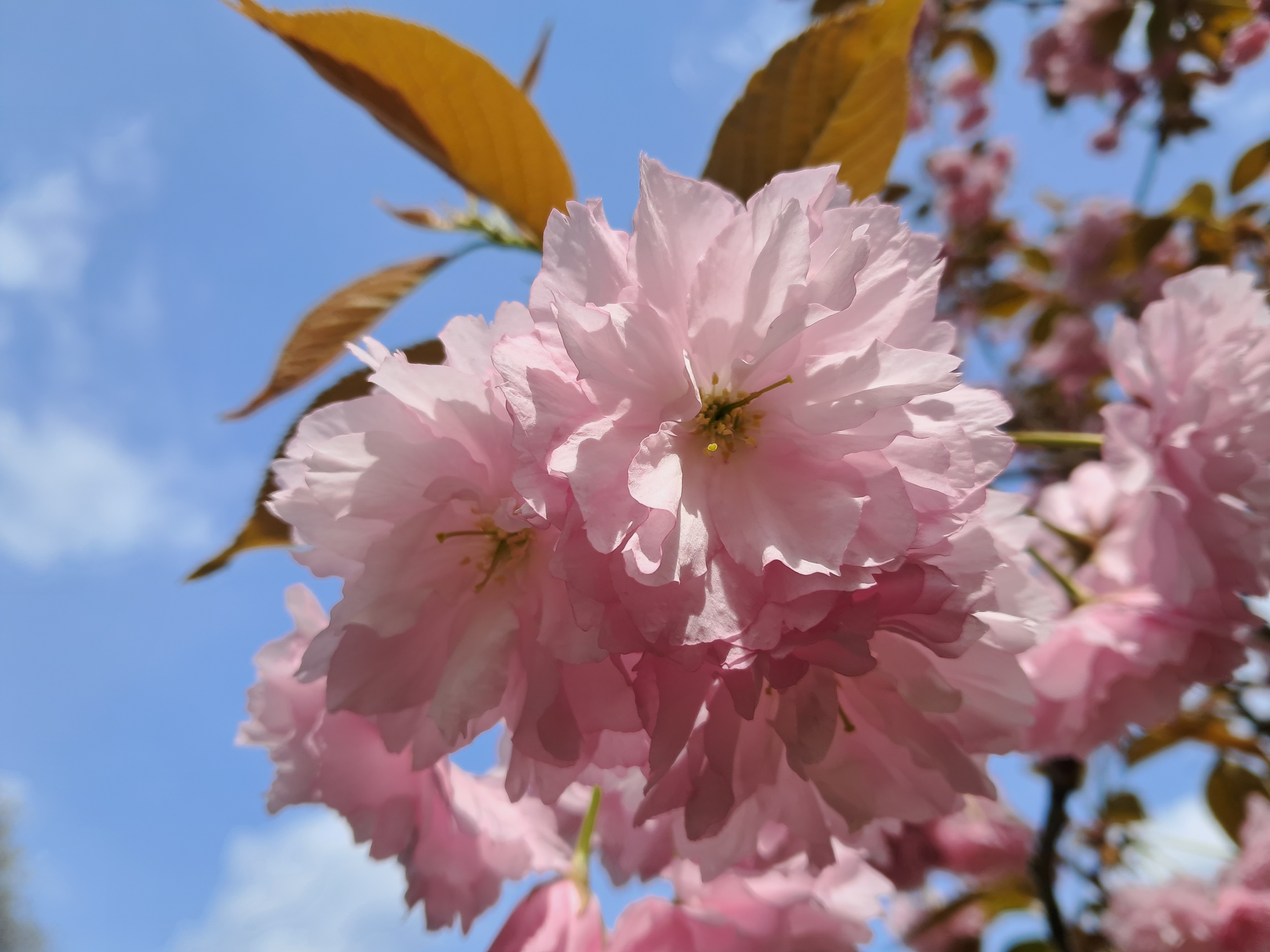
|
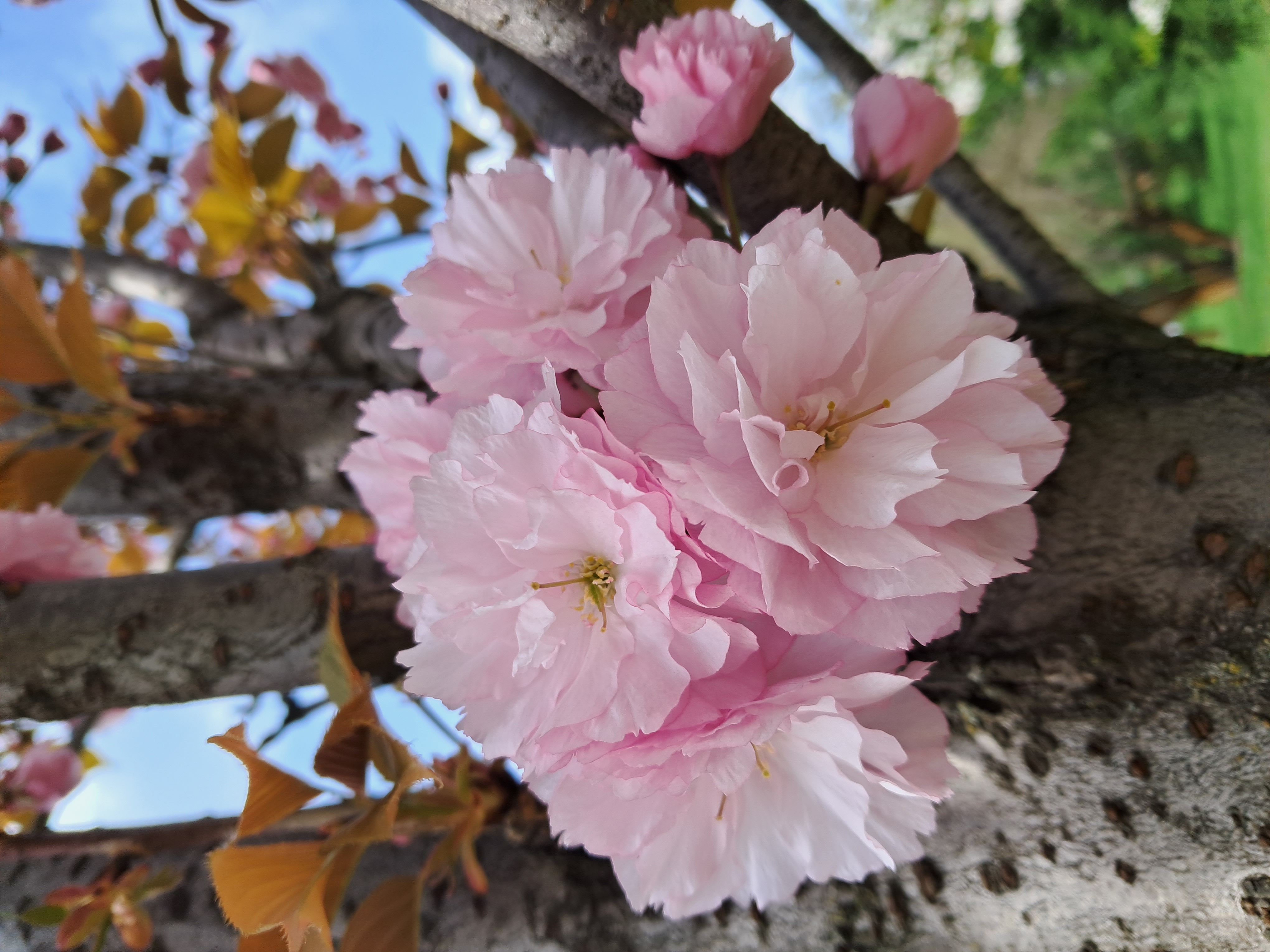
|
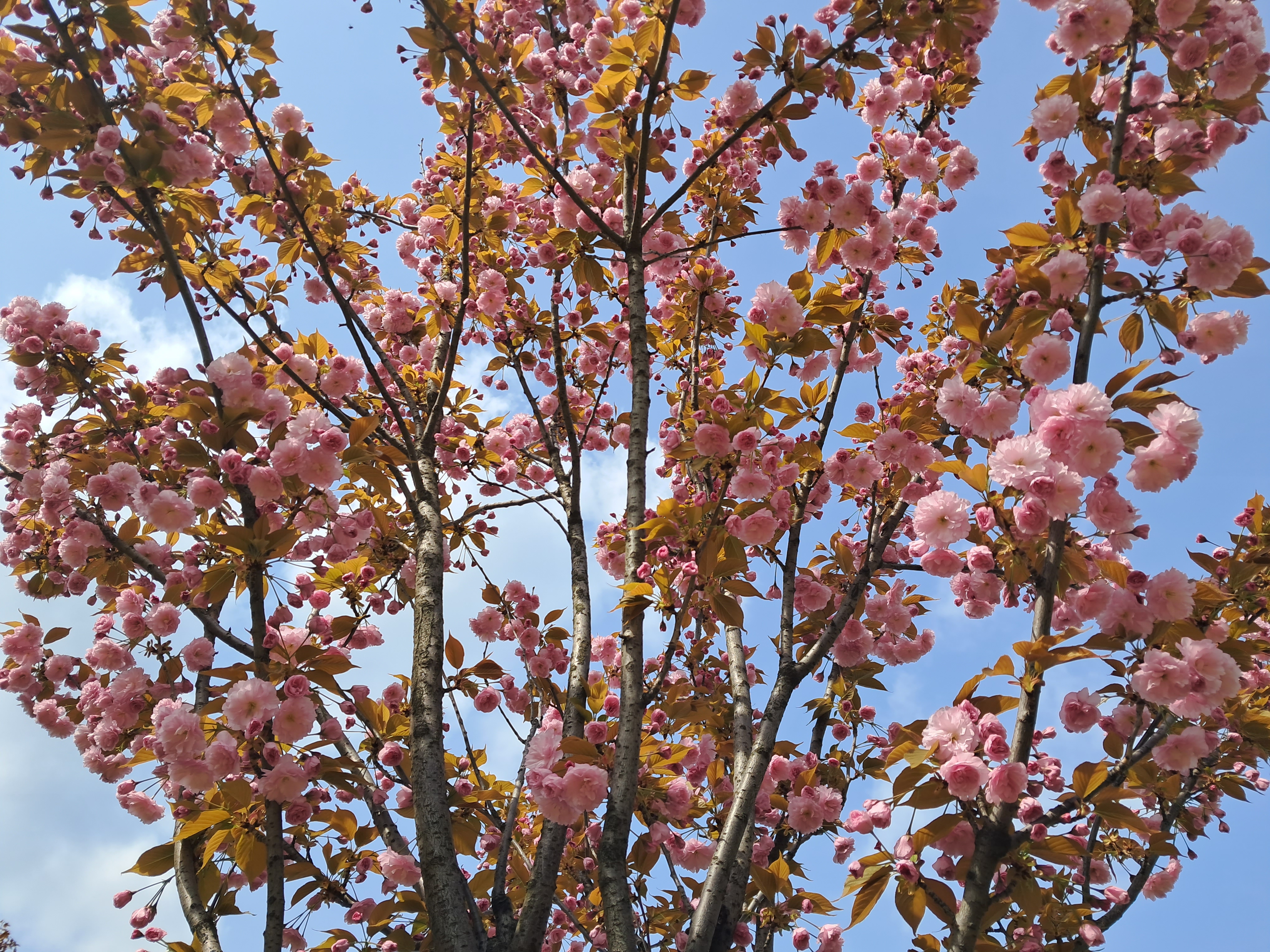
|